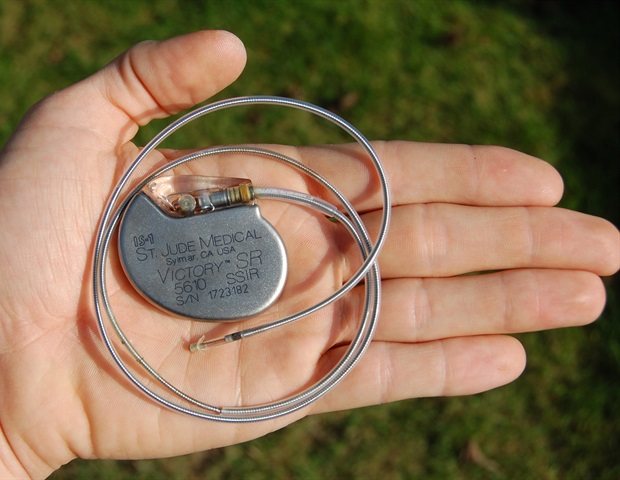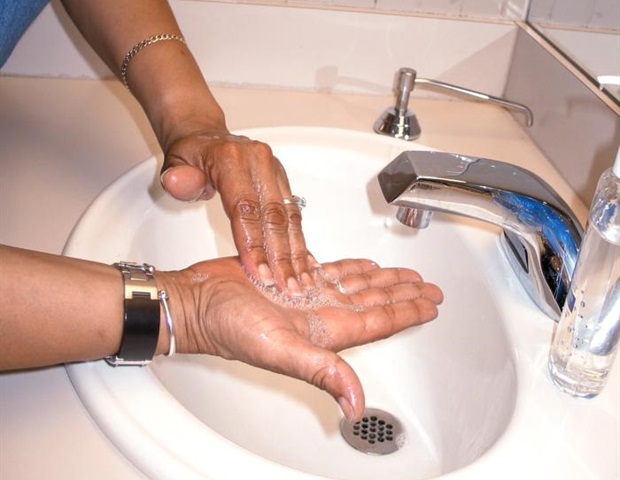Aug. 26, 2022 – Healing a broken bone isn’t always a straightforward process of putting on a cast and waiting for the body to do its thing with time. The many materials that make up our bones have different densities and interact in several ways that affect whether a fracture heals correctly.
A fracture that doesn’t mend properly is called a nonunion, and in a long bone, such as a leg bone, it can be disabling. And doctors can’t always tell when a nonunion has occurred, much less how to predict how likely it is ahead of time. But research into bone imaging techniques is on the way to change that and give doctors a glimpse ahead to help them find problems earlier.
Mechanical engineering researchers at Lehigh University in Bethlehem, PA, are using bone imaging and virtual mechanical testing to develop a more accurate model of the healing process.
A virtual model can help doctors recognize when a bone strays from a healthy healing process so they can step in sooner. The key is to better understand the physical process in the healing zone where the fracture is actually being repaired.
Inside the Cast
The healing process starts when the body recognizes the fracture and sends out immune cells to cause inflammation. Swelling is the body’s warning signal to stop using the injured part.
Blood cells also collect around the injury, and this mass of cells – a hematoma, or a blood clot – fills the space in the break. Over the next week, a type of soft bone called callus gradually replaces the blood clot and holds the bone together, though not strongly enough to begin using the bone yet. After several weeks, the callus has time to harden, and then hard bone begins to replace the hard callus.
But it’s difficult to see how well these later stages are occurring on X-rays since hard callus and hard bone look so much alike. Engineers are working to understand the mechanical properties of bone and callus, such as mass and density, so they can better predict when hard bone has fully replaced the callus. Predicting it too soon could get in the way of the healing process if the person uses the bone normally before it’s fully healed.
Previous computer models couldn’t accurately tell hard callus from hard bone, largely because callus itself is made up of different types of tissue with different physical properties.
But this new research relies on testing the stress put on the bone during twisting. The researchers fed those testing results and corresponding CT images into a computer to model the healing process. Brighter areas on the image represent stiffer, harder bone, so their work helped investigators figure out the cutoff point when the material stops being callus and changes to bone. Knowing this cutoff point can help identify sooner when a nonunion is occurring, which in turn can help doctors to better understand how and why the healing process is failing so they can help.







